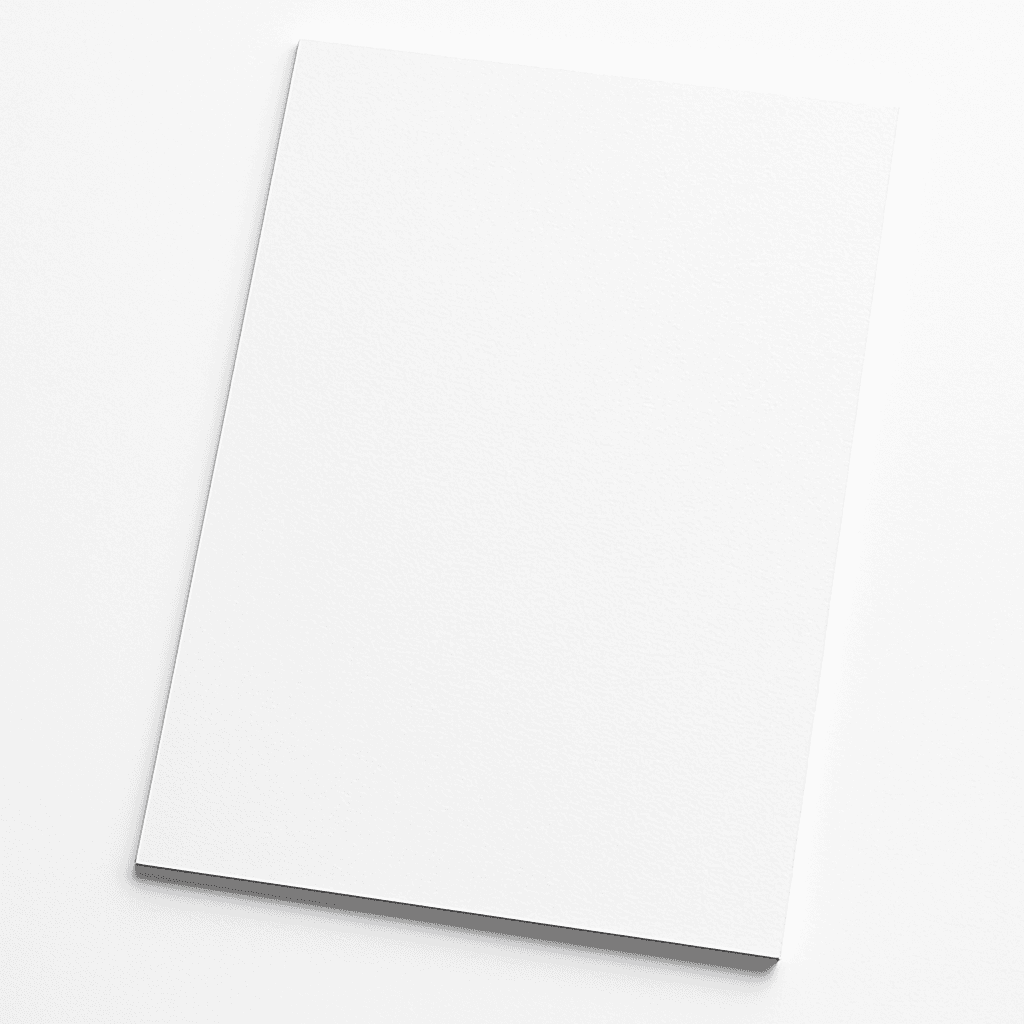
Art & Creativity6-12 years
Easy
30 Minutes
LIVE
Loading...Creative Story Cube
Bilal Şentürk
Maker
What You'll Need
- A3 Karton
- 3D-printed cube template
- Creative stickers (to decorate the cube)
Creative Story Cube
Get all the materials you need for this project in one package!
Includes:
 A3 Karton
A3 Karton 3D-printed cube template
3D-printed cube template Creative stickers (to decorate the cube)
Creative stickers (to decorate the cube)All materials in one package!
0.0/5(0 reviews)Verified reviews
Free Shipping✓
Fast delivery5 days
Return guarantee30 days
In stock
Limited offer!
SSL
Visa/MC
Secure
Let's Make It! Step-by-Step Guide

• Sketch one 3 cm × 3 cm square on the cardboard.
• Add four identical squares, one on each edge.
• Attach two more squares to any side to form a six-square “cross.”
The Science Behind It
Story cubes nurture language development, sequential thinking, and creative problem-solving. Each new image forces the brain to build fresh narrative links on the fly, strengthening rapid idea generation in the frontal lobes. Meanwhile, the draw-cut-fold-glue sequence boosts fine-motor skills and visual-spatial awareness.
Helpful Tips
- Add a single keyword under each picture to sneak in reading practice.
- Wrap the cube in pre-printed A4 sticker sheets for instant, wrinkle-free art.
- Assign faces by theme—numbers, colors, emotions—for targeted storytelling.
- Record every round on your phone and build a family “audiobook” series.
- Redecorate the faces after each game to keep the combinations limitless.
Try These Variations!
- 1Surprise Actions: Add prompts like “Sing a song!” or “Mime an animal!”
- 2Multiple Cubes: Roll separate dice for character, setting, and plot twist.
- 3Glow-in-the-Dark: Use phosphorescent paint and spin spooky nighttime tales.
- 4Time-Travel Edition: Match faces with historical figures or events for mini journeys through history.